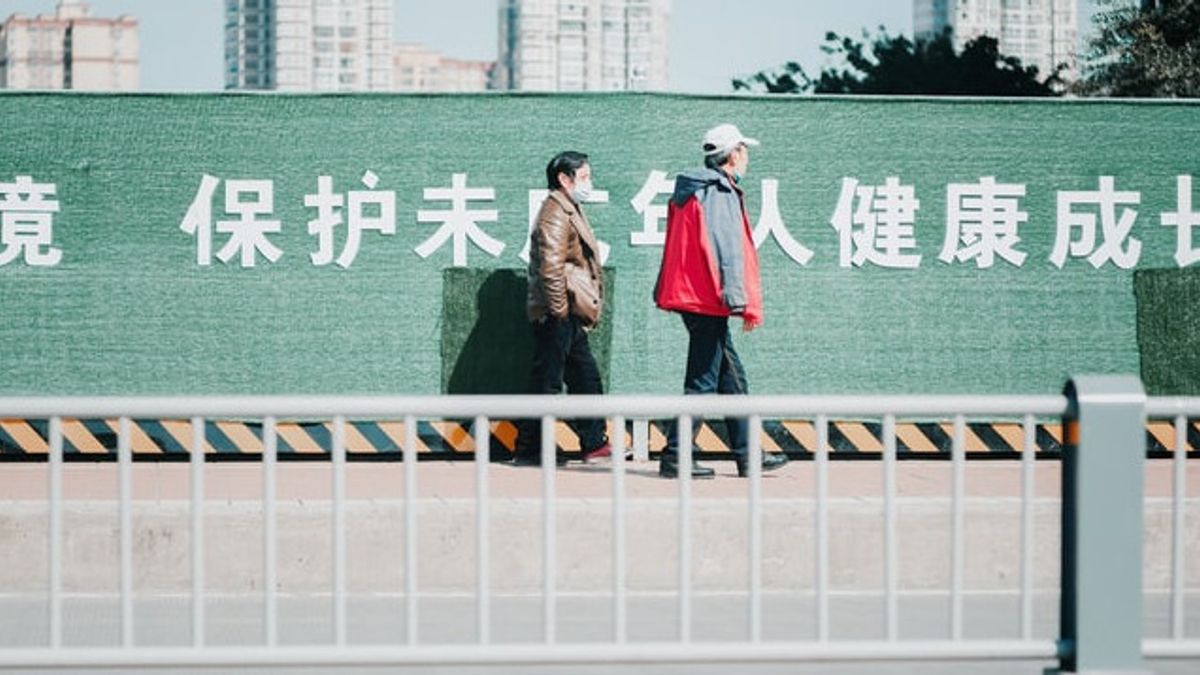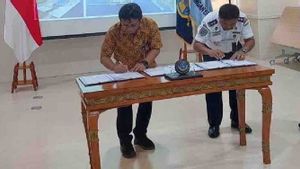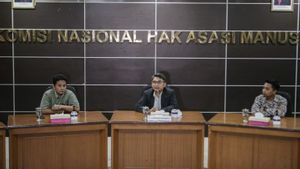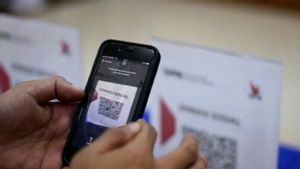
JAKARTA - The Health Commission for China's Hubei Province said it would remove all restrictions on travel in and out of Hubei Province. The repeal was carried out on March 25, with the exception of the city of Wuhan, the provincial capital and the epicenter of the COVID-19 outbreak in the country.
The travel restrictions on leaving Wuhan will only be lifted on April 8, and people will get health codes, according to The Straits Times. This situation is progress for the City of Wuhan which was previously under lockdown since January 23.
The easing of travel restrictions came as Hubei Province authorities reported that new infections fell to zero on March 19. This number represents a dramatic drop from the height of the epidemic which infected more than 80,000 Chinese and killed more than 3,200.
China, on January 23, took the unprecedented step of locking down Wuhan and surrounding areas. This has effectively limited the movement of 60 million people in Hubei Province as COVID-19 spreads out of control.
These measures have also put an end to air and rail travel and limit those who normally travel by car. Other tough measures the authorities are taking are banning large gatherings and trying to keep people indoors.
Some critics see quarantine as a tough approach after a previous failure to act quickly enough to contain the spread of COVID-19. The virus is now spreading globally. Italy, the Philippines and India have implemented national lockdowns.

A new wave of plague
However, on the other hand, the announcement of the lifting of travel restrictions was also made when China reported 78 new cases of COVID-19. Most of these cases came from abroad and had raised fears of a second wave of outbreaks.
In other parts of the country, the authorities have continued to impose stricter screening and quarantines and have diverted international flights from Beijing to other Chinese cities. However, this did not stop the entry of Chinese citizens, mostly students who returned home to avoid COVID-19 in other countries.
The Beijing government has tightened quarantine rules for people arriving from abroad. Everyone entering Beijing is subject to centralized quarantine and health checks.
The Shenzhen Municipal Government said, for example, that it said it would test all arrivals. Macau will also implement a policy to ban visitors from Mainland China, Hong Kong and Taiwan.
The number of cases due to transmission from overseas arrivals was first reported in southern Guangzhou. After that, other cities such as Beijing and Shanghai followed suit.
Chinese authorities fear a second outbreak, given that factories and businesses are just starting to open. The return of community activities also raises a bit of concern because transmission will again be wide open.
People are now also careful in shopping because their economy has not fully recovered. In Gansu Province, a notorious area, the authorities are spending at least 200 yuan per week to spur the recovery of the local catering industry.
The English, Chinese, Japanese, Arabic, and French versions are automatically generated by the AI. So there may still be inaccuracies in translating, please always see Indonesian as our main language. (system supported by DigitalSiber.id)











